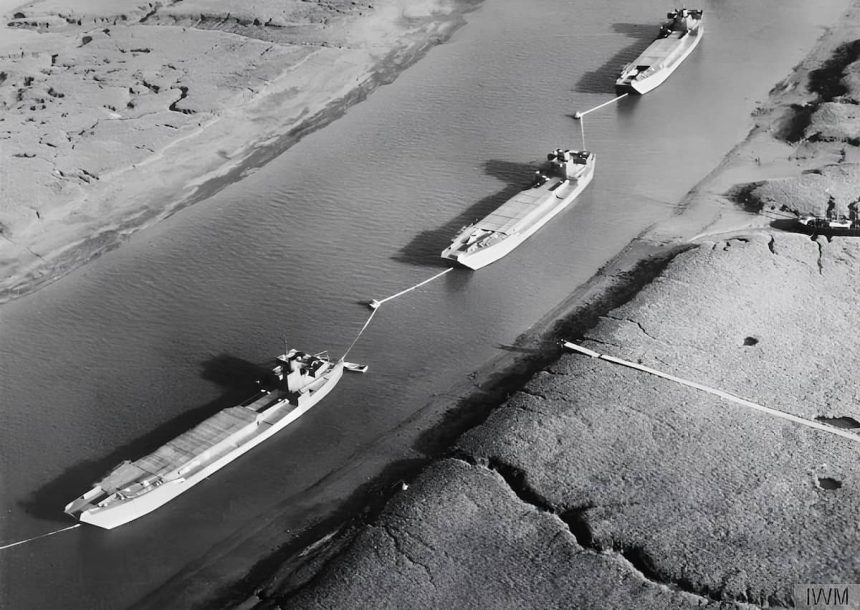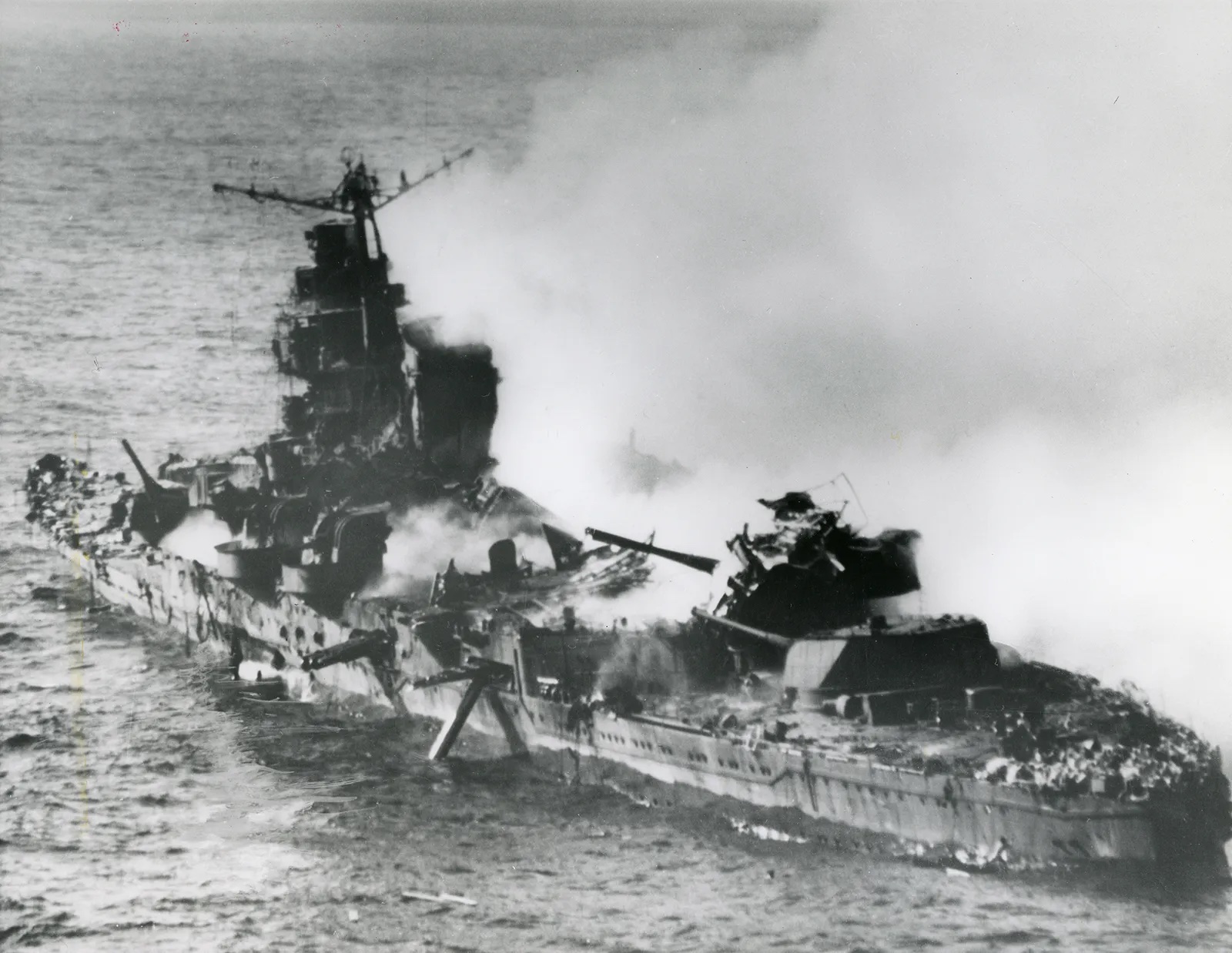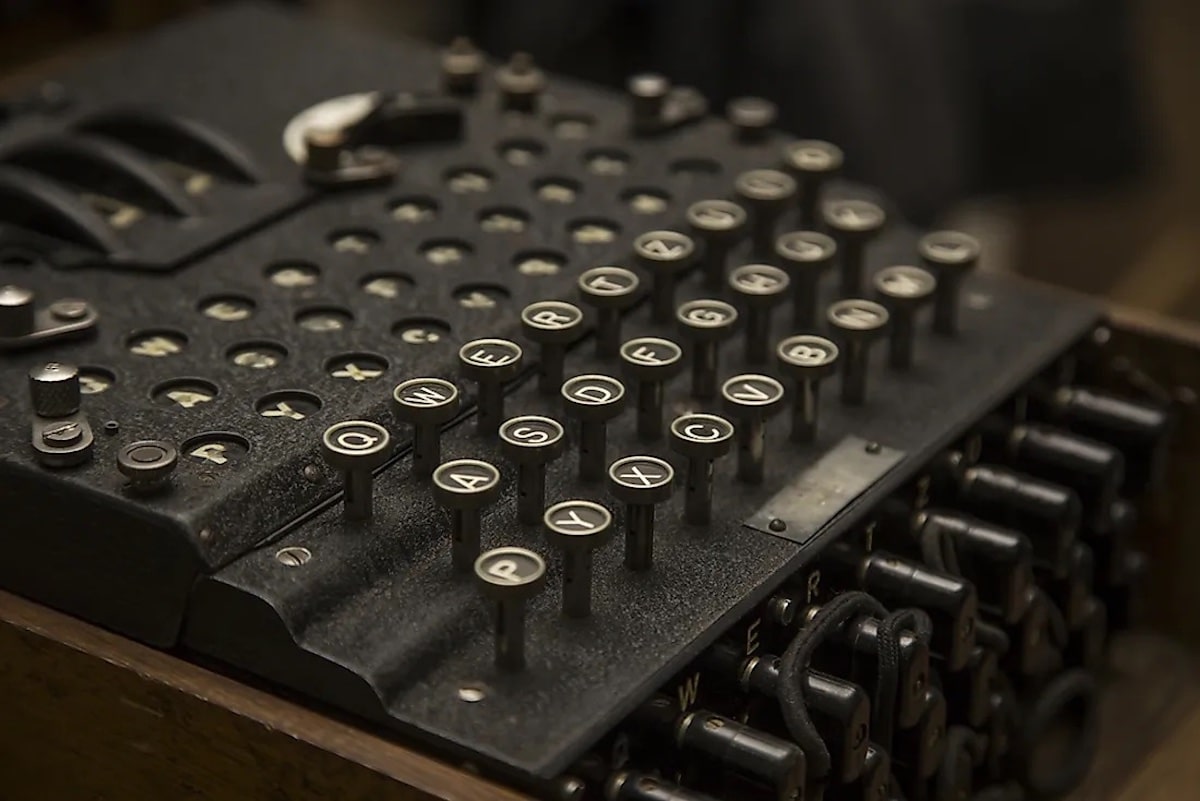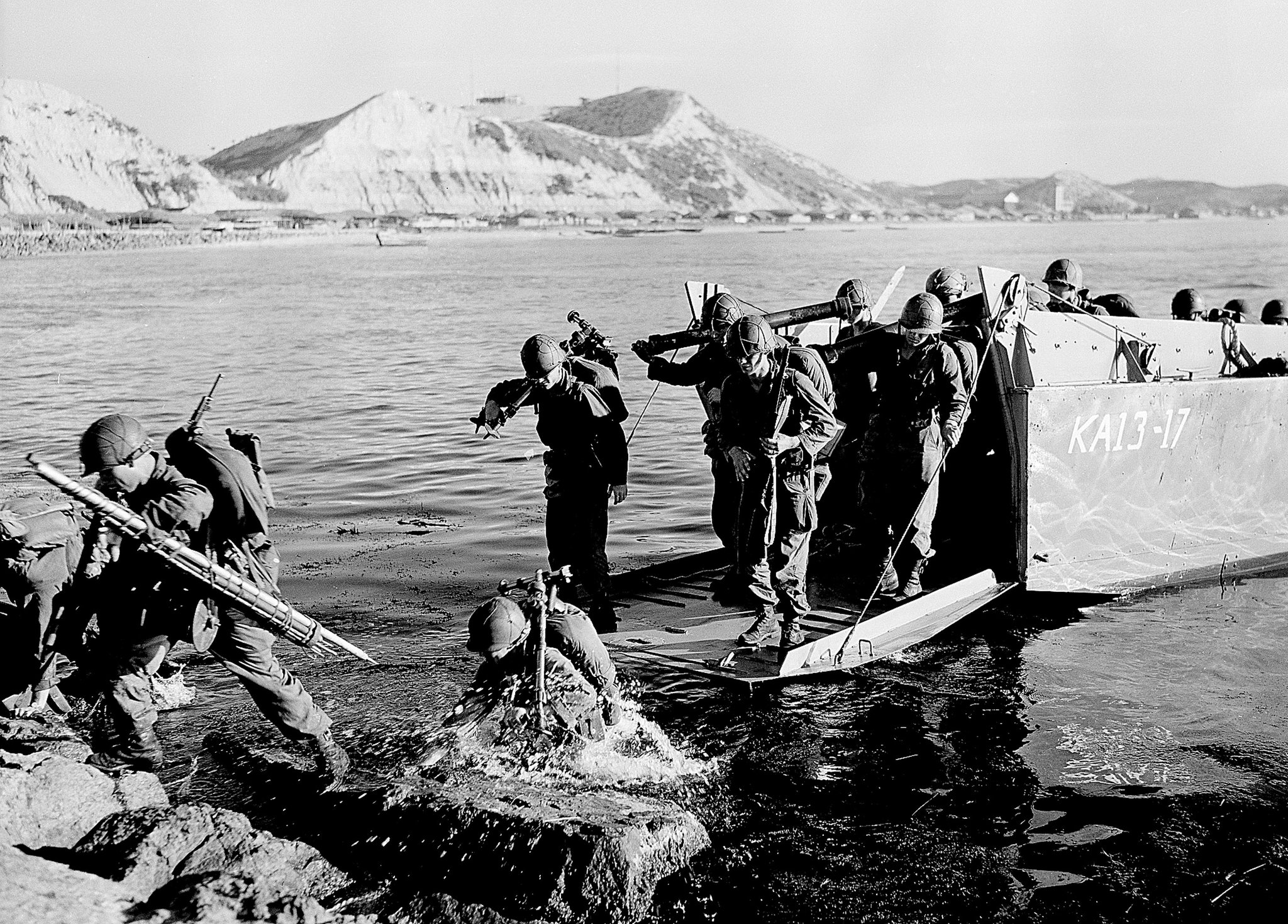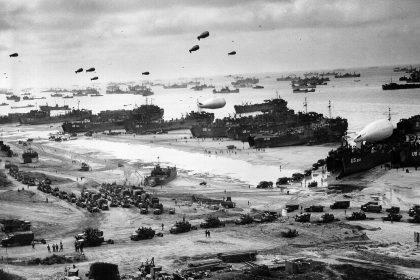Operation Fortitude: A Distraction for the 1944 D-Day Landings
Operation Fortitude was a military disinformation tactic designed to mislead the German occupiers about the date and location of the landings in occupied France on June 6, 1944. How successful was the operation?
